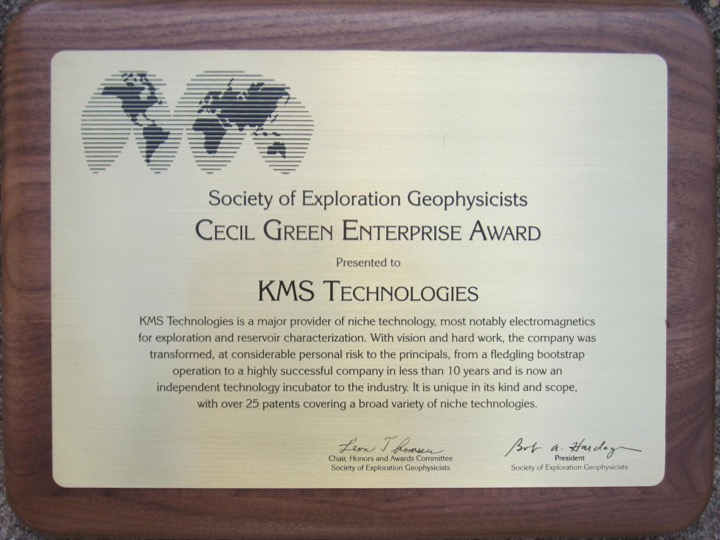Downloads
Integration of EM and seismic
The applications of electromagnetics have increased in the past two decades because of an improved understanding of the methods, improved service availability, and the increased focus of exploration in the more complex reservoir characterization issues.
In the past, electromagnetic techniques, in particular deep transient electromagnetics, made up a completely different discipline in geophysics, although many of the principles are similar to the seismic one. With an understanding of the specific problems related to data processing initially and then acquisition, the inclusion of principles learned from seismics happened almost naturally. Initially, the data processing was very similar to seismic full-waveform processing. The hardware was also changed to include multichannel acquisition systems, and the field procedures became very similar to seismic surveying. As a consequence, the integration and synergism of the interpretation process is becoming almost automatic. EM result can greatly benefit seismic data processing and interpretation precision by providing much better constrains of the hydrocarbon boundary. The integrated interpretation of TEM data and seismic data provide much more accurate images of hydrocarbon reservoir and significantly reduce the uncertainties for each method alone.

